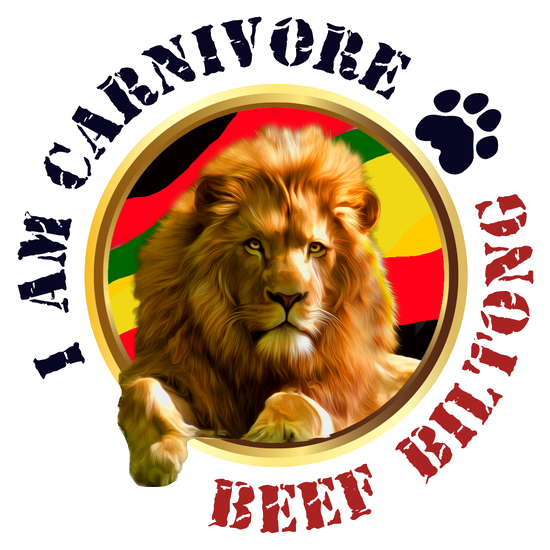Biltong and Jerky, what’s the difference?
Curing meat was a way to preserve meat before the advent of refrigeration. Take a look at a lot of cultures and you will see evidence of this. Spain has Jamon, and a plethora of other cured meats, Italy, Bresaola, Capocolla and a whole host of cured beef and pork.
Biltong is unique as a cured meat, however, it is quite often mistaken with Beef Jerky. While they may look similar to the untrained eye, the two couldn’t be more different.

Jerky has its origin in South America and is attributed to the Quechua people. In the mid-1500s, the Quechua cured meat which they called Ch’arki. It is though the meat of Llama and Alpaca meat was cut into strips and beaten into thin strips. These were then smoked over low heat thus preserving the meat. Spanish Conquistadors picked up this curing method before invading the Americas and pronounced it Charqui. Westerner also picked up Charqui and anglicised the word, at which point the word ‘Jerky’ was born.
To make Jerky, lean beef is sliced into thin quarter of inch-thick slices. These are then marinated in various mixtures e.g. Soy sauce, Worcestershire sauce, liquid smoke, and spices. For a sweeter Jerky, a cup of Maple syrup is added to the marinade. The beef strips are then cooked at very low heat in an oven or dehydrator.
Biltong, on the other hand, is air-cured meat, with its origins in Africa. African tribes such as the Khoikhoi, Shona, Zulu, Xhosa and Ndebele were hunter-gatherers who hunted the Savannah for small and large game. Game meat was cured with salt and herbs before being sun-dried to preserve it.

Early European settlers such as the Dutch reached the African continent in 1652 and brought with them Vinegar, Black Pepper, Cloves and Coriander which were added to salted meat and sun-dried. They called the meat Biltong, an Afrikaans word, comprising the Dutch words Bil (Buttock) and Tong (Strip).
The preferred cuts for making Biltong as Silverside or Topside. Silverside has more fat and is typical of the Biltong favoured in Africa. The meat is cut into thick steaks (about 2 inches thick), marinated in vinegar, salt and spices before air drying for up to 7 days. Heat was not traditionally required and whilst Biltong can be made all year round, winter months are preferred for Biltong production due to the prevailing cool dry air.
So those are the differences between the two, and which one do we prefer? Well, you be the judge.
Sample Block Quote
Praesent vestibulum congue tellus at fringilla. Curabitur vitae semper sem, eu convallis est. Cras felis nunc commodo loremous convallis vitae interdum non nisl. Maecenas ac est sit amet augue pharetra convallis nec danos.
Sample Paragraph Text
Praesent vestibulum congue tellus at fringilla. Curabitur vitae semper sem, eu convallis est. Cras felis nunc commodo eu convallis vitae interdum non nisl. Maecenas ac est sit amet augue pharetra convallis nec danos dui.
Cras suscipit quam et turpis eleifend vitae malesuada magna congue. Damus id ullamcorper neque. Sed vitae mi a mi pretium aliquet ac sed elitos. Pellentesque nulla eros accumsan quis justo at tincidunt lobortis denimes loremous. Suspendisse vestibulum lectus in lectus volutpat, ut dapibus purus pulvinar. Vestibulum sit amet auctor ipsum.









